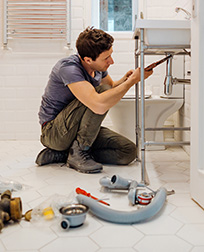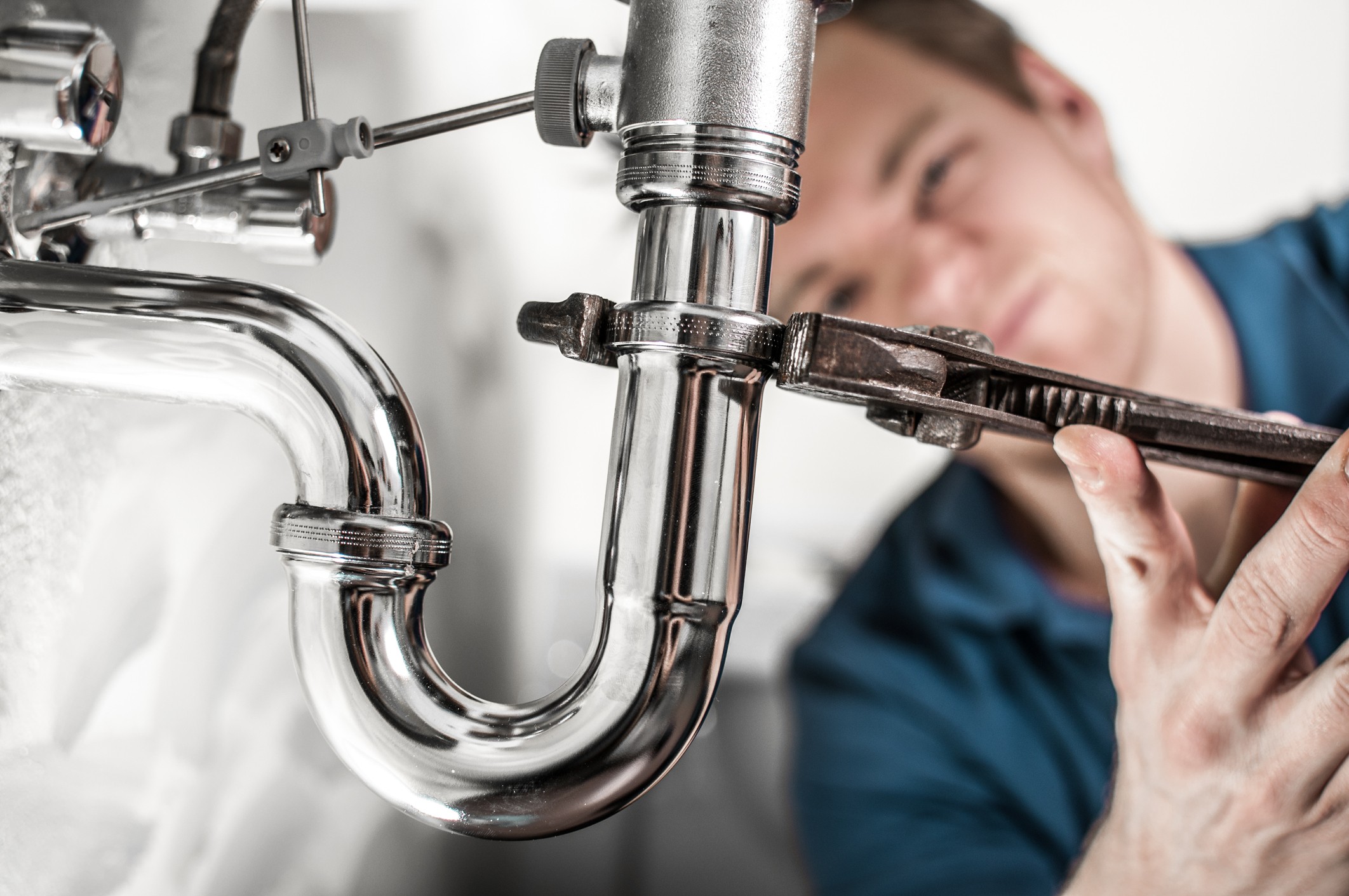Budget-friendly Plumbing Services Alabaster AL for every single Budget plan
Budget-friendly Plumbing Services Alabaster AL for every single Budget plan
Blog Article
A Step-by-Step Overview to Efficient Water Heater Installation for Optimum Efficiency
Getting started on the task of installing a water heating unit is an endeavor that requires precision and a methodical approach for attaining ideal efficiency. The process starts with the essential decision of selecting the proper heating system customized to the details needs of your household, taking into consideration factors such as power, size, and type resource. Once picked, preparing the installation location to fulfill security standards is extremely important. The journey doesn't finish right here. As you proceed, the intricacies of linking water supply lines and establishing dependable electric or gas links await, appealing insights right into ensuring efficiency and integrity.
Selecting the Right Water Heating System

Next, take into consideration the size and ability of the water heating unit. It's vital to assess your family's warm water demands, which can differ based upon the variety of owners and their usage patterns. A system that's as well small may result in not enough warm water, while a large design might result in unneeded energy consumption.
Effectiveness rankings also play an essential duty in selection. Look for water heaters with high Power Element (EF) rankings, suggesting premium efficiency and lowered energy usage. Tankless versions, though typically extra costly ahead of time, offer considerable energy savings in time as a result of their on-demand heating abilities.
Preparing the Setup Location
Prior to installing a new water heating unit, precise prep work of the installment location is essential. It's essential to measure the room thoroughly to accommodate the water heating unit's measurements, making sure adequate clearance around the device for effective procedure and servicing.
Next, eliminate any type of particles, dust, or blockages from the website to create a clean atmosphere. Check the flooring for security, as the hot water heater will certainly require a strong, level surface to run effectively. If required, set up a drip pan under the unit to capture possible leakages or spills, preventing water damage to the surrounding area. In areas prone to seismic activity, take into consideration installing seismic straps to safeguard the heater strongly in location.
In addition, ensure that all necessary tools and materials are on hand prior to beginning the setup. This includes things such as wrenches, screwdrivers, a level, and any kind of additional hardware required for safeguarding the heating unit and mounting. A well-prepared installation location sets the structure for a successful water heating system arrangement, maximizing performance and safety.
Connecting Water Supply Lines
When linking water lines to your newly installed hot water heater, it is essential to make certain that all connections are leak-free and safe and secure to keep effective procedure and avoid water damages. Begin by recognizing the chilly and warm supply of water lines. The chilly water inlet is commonly marked with a blue tag or a "C", while the warm water outlet is noted with a red tag or an "H".
Use flexible water heater ports to help with an easier installment procedure. Before affixing the ports, put a plumbing professional's tape around the threaded ends of the water heating unit's inlet and electrical outlet pipes.
As soon as links remain in location, gradually turn on the major water system valve. Inspect each link for leakages by aesthetically inspecting and feeling for moisture. Tighten links as necessary, and ensure the pressure safety valve is appropriately mounted, protecting versus extreme pressure build-up.
Establishing Electrical or Gas Links
Appropriately establishing up the electrical or gas links for your water heater is an important step to ensure efficient and risk-free operation. For electrical water heating units, start by confirming that the electrical circuit is compatible with the heating system's voltage and amperage requirements.
For gas water heating units, safety is paramount. Link the gas line to the water heating unit using a versatile gas connector, guaranteeing it is correctly threaded and secured with pipeline joint compound or Teflon tape appropriate for gas links.
When links are made, examine for any type of prospective leaks. For gas lines, apply a soapy water remedy to the joints; bubbles show a leak. For electrical links, ascertain that all wiring is safe and effectively shielded, preserving compliance with regional electric codes.
Evaluating and Readjusting for Effectiveness
With the electrical and gas connections firmly in position, the next step is reviewing the functional performance of your hot water heater. Begin by meticulously switching on the water supply and making sure there are no leakages at any one of the shutoffs or joints. Once confirmed, continue to fill the tank, taking notice of the stress and temperature level settings. It is suggested to set the thermostat to an advised temperature level of around 120 ° F(49 ° C) to balance power performance and convenience.
Next, carry out an extensive examination to ensure the home heating aspects or burner are functioning correctly. For electrical heating systems, use a multimeter to confirm if the components are drawing the ideal existing. In gas versions, observe the burner flame; it ought to be steady and blue, showing my sources reliable combustion.
Change the settings as essential to remove inadequacies. Think about applying insulation measures, such as including a hot water heater blanket, to additionally improve performance by reducing warm loss. Furthermore, examine the anode rod's click over here now problem, as a scrubby rod can reduce effectiveness and cause storage tank corrosion.
Conclusion
Efficient water heating system installation is critical for making sure optimum efficiency and power financial savings. Securely linking water supply lines and very carefully establishing up electrical or gas connections reduce prospective concerns.

Effectively setting up the electric or gas connections for your water heating system is a vital step to make certain efficient and safe operation. For electrical water heating systems, start by verifying that the electrical circuit is compatible with find more the heating unit's voltage and amperage demands. Attach the gas line to the water heating system utilizing an adaptable gas adapter, guaranteeing it is effectively threaded and sealed with pipe joint compound or Teflon tape appropriate for gas links.
Report this page